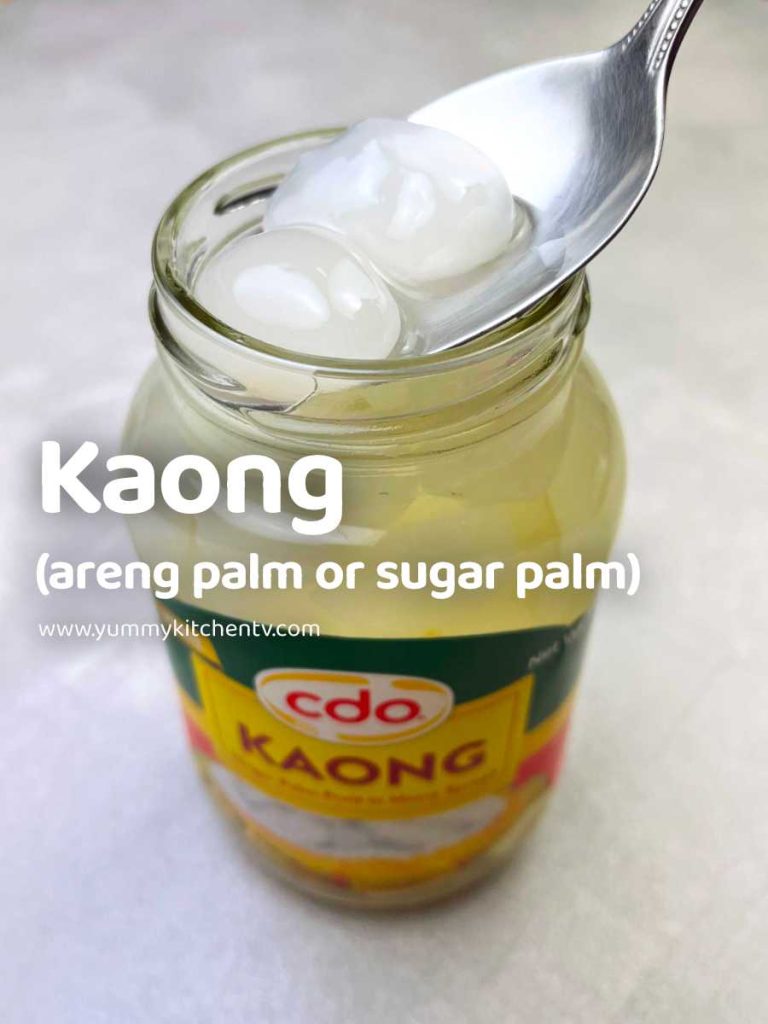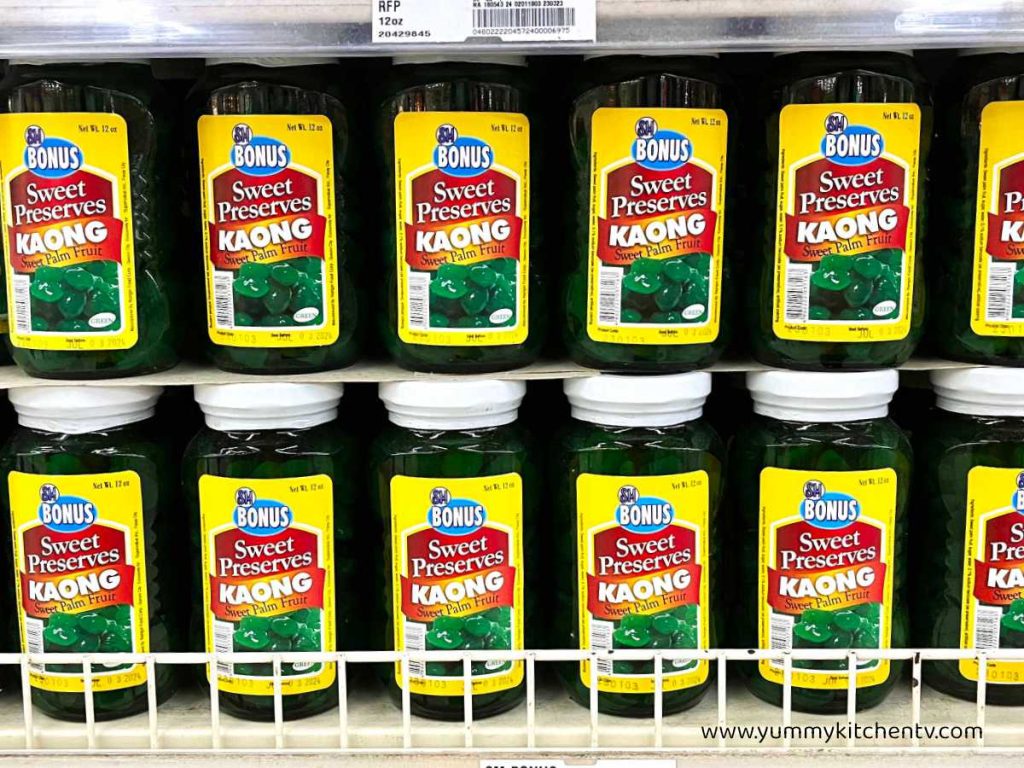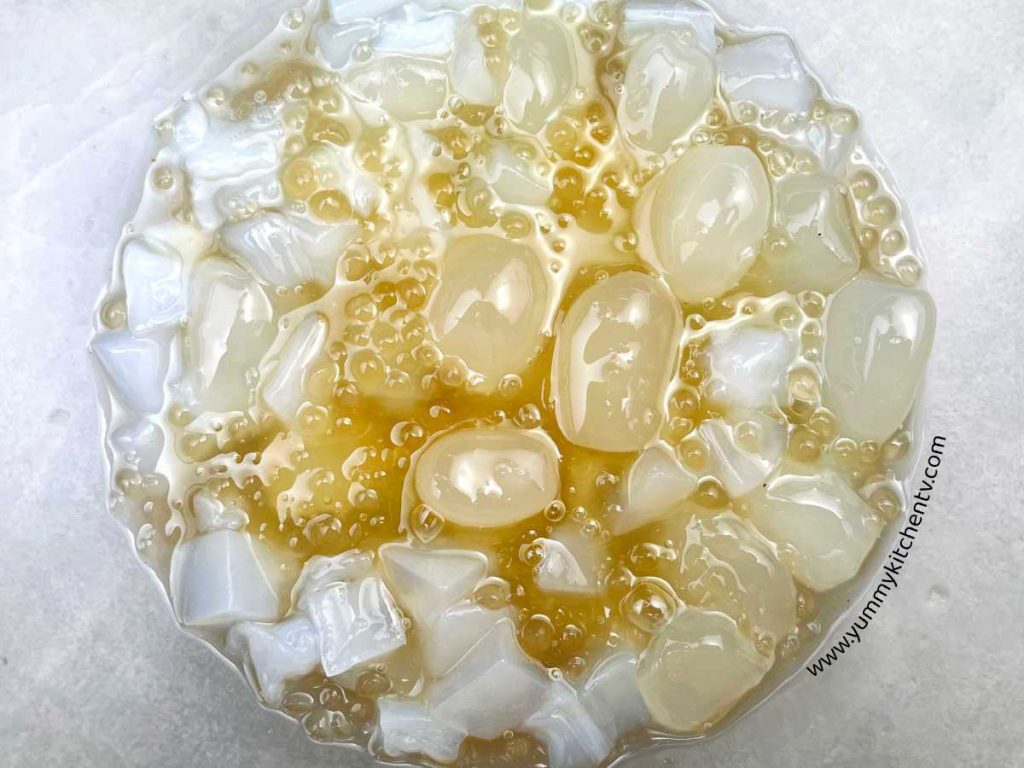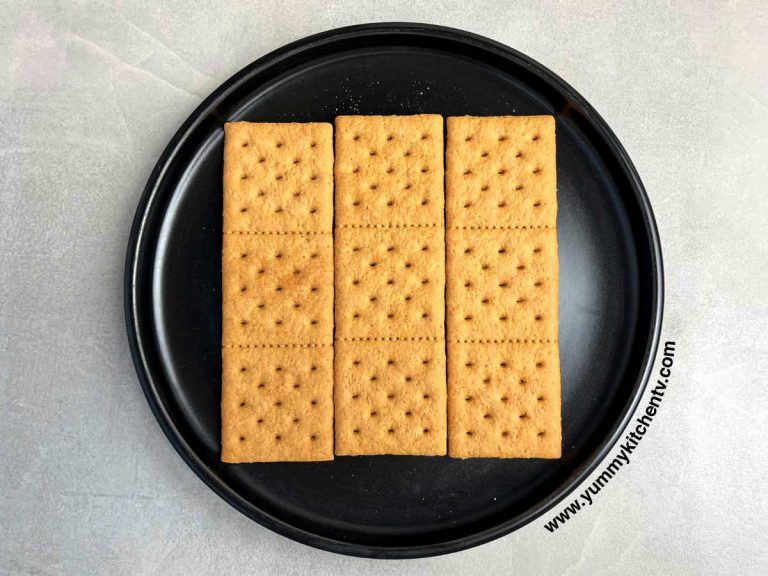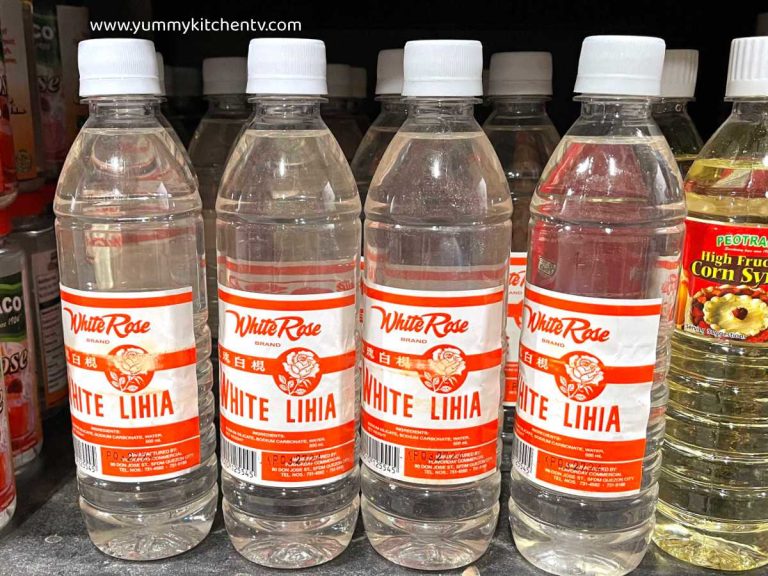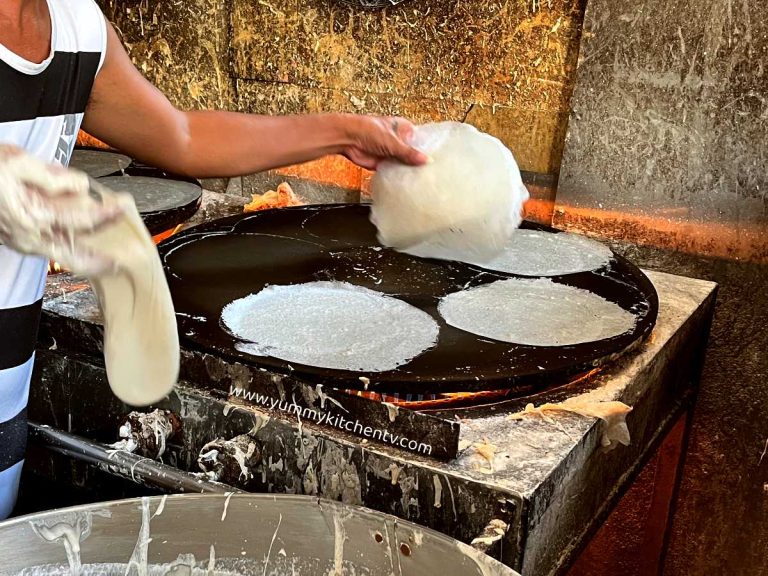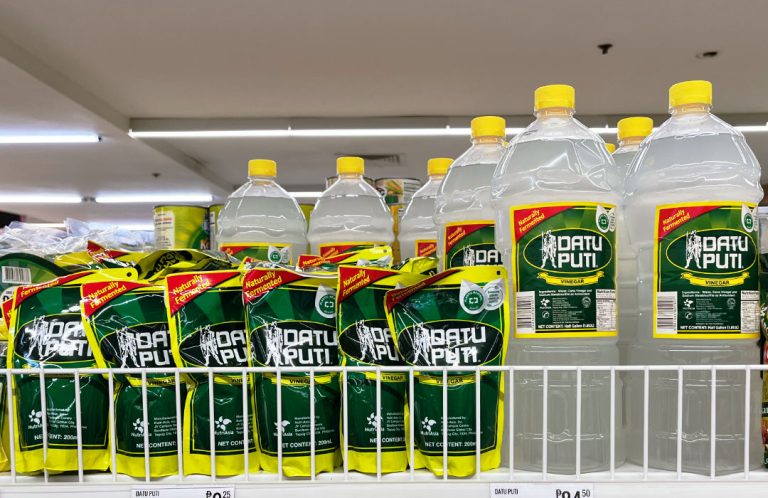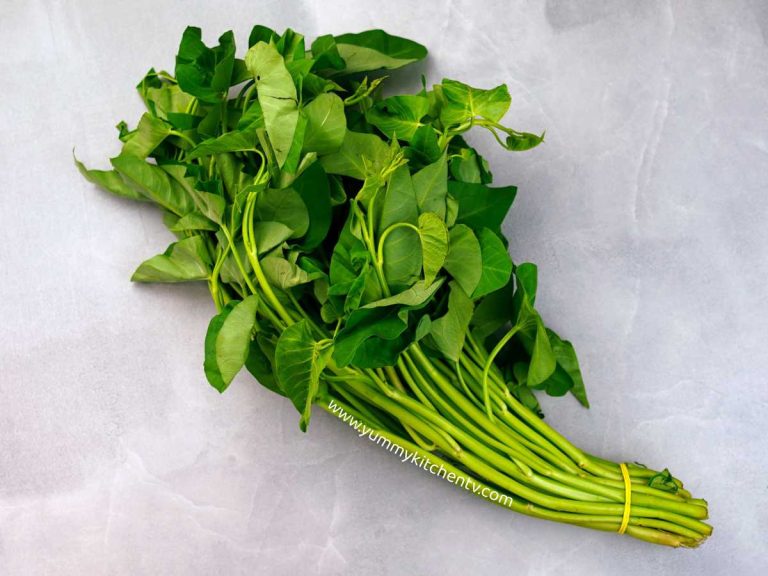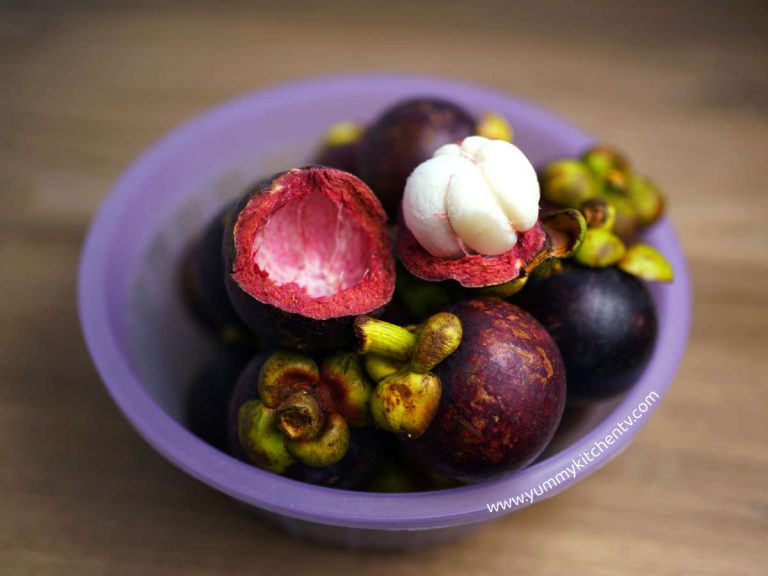Kaong
Kaong or the kaong palm, also named areng palm, sugar palm, or called the scientific name “Arenga Pinnata” is a native palm tree from Asia. This medium sized palm tree reaches its maturity after 15 years and yields a small green fruit where the kaong fruit in enclosed in. Widely eaten in Indonesia and the Philippines; these translucent creamy white colored, with a jelly-like chewy textured ingredient are typically sold in glass jars, preserved with sugar water or coconut extract. Usually added in desserts like the wonderfully popular summer treat halo-halo and many more iced or cold treats, and even found mixed in cocktails.
A short Introduction
The Kaong tree (directly translated to FIlipino “Puno ng Kaong”, with the scientific name “Arenga Pinnata” ) in English is called “Areng Palm” or “Sugar Palm ”. The kaong fruit is more familiarly seen as the translucent creamy white almost jellybean-like in shape but bigger and sweeter. These are found around a palm tree that grows hundreds of thick circular green-skinned kaong palm fruit in each branch, sliced in half or on the top to pick out the ‘ edible large jelly bean fruit’, cooked with a sugar concoction to preserve, then bottled up in glass jars ready to be sold at grocery or convenience stores.
Native to the Philippines, this plant is actually dubbed the “Tree of Hope” as it resembles the Coconut tree’s “The Tree of Life”. The Areng Palm has so many uses similar to the coconut, the whole plant can be utilized into many things, one being the biggest commercial producer of sugar production worldwide, making around 25 tons per hectare. Aside from the edible fruit, the leaves are dried and converted to ‘walis’ or broom sticks. The fibers are made into local handicrafts such as baskets, ropes, fishnets, or added into water filters and septic tank filters. Chopped wood from the tree can be made into charcoal, flooring, and other furniture. Another use for the tree is that the sap is used as an alcohol byproduct called ‘tuba’ that is fermented for a few days to turn into alcoholic sweet vinegar that can be drunk, in some countries these are made into a distilled liquor.
This palm reaches a height of 12 to 15 meters, has a stout trunk of around 40 cm with annular scars, ascending dark green with white undercolor leaves that grows up to 8.5 meters in length, and has plump black fibers. These are abundantly planted in forested areas in the areas of Luzon (Laguna, Bataan, Tayabas, Cavite, and Rizal) and Mindanao. The town of Indang Cavite has a special sanctuary for these trees. Outside the Philippines these are also indigenous to tropical climate countries like Sri Lanka, Cambodia, Thailand, Vietnam, Indonesia, India, Brunei, Bangladesh, Myanmar, Malaysia, Laos, Papua New Guinea, and Singapore.
The sold kaong in a bottle comes in different colors, from the common white and translucent, to a vibrant red and bright green. These though colored are not flavored and are made this way to match the dessert it’s added to. Giving the dish to be made a touch of interest by adding a pop of color and vibrancy. How to open the kaong bottle? Use a silicon pad or towel to get a grip before twisting. Another option would be to give the tip or an edge of the metal cover a bit of a tap with a heavy spoon or any hard object/wall a few times to release some pressure before twisting the cover. Once opened, enjoy it by itself, or add some kaong in salads like the Filipino fruit salad, buko pandan, with gulaman, some typically add kaong in halo-halo for extra sweetness, color, and texture.
What is Kaong made of ?
How to make kaong? Kaong is made of the fruit of the Sugar Palm that is added into a large pot of water, filled till it covers every fruit. Simmered for almost 3 hours till soft enough to slice into half. Taking out the 3 to 4 pieces of white translucent jelly bean shaped fruit one by one by hand using a thin wooden stick. After plucking the sugar palm out, these are mixed with sugar in a pot at low heat till it melts into a syrup, ready to be eaten or canned. While these are typically preserved by cooking the sugar palm fruit in refined cane sugar, some commercially sold kaong do add artificial banana flavoring or food coloring, with citric acid/E330 to make it last longer.


